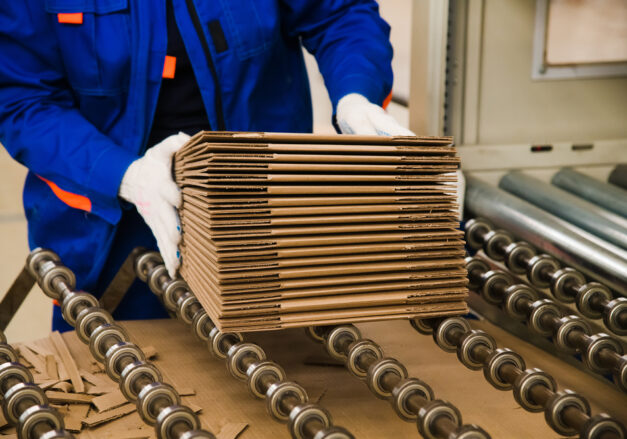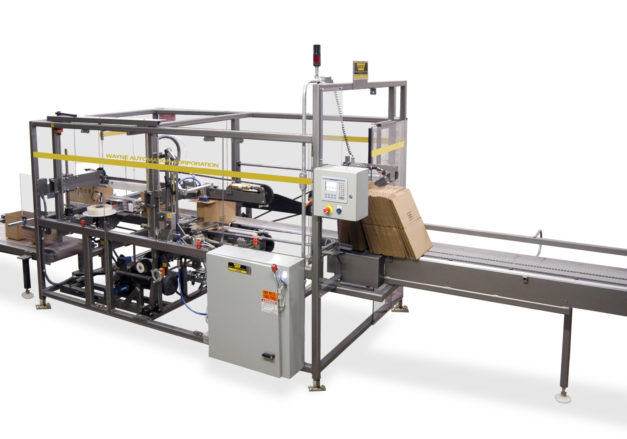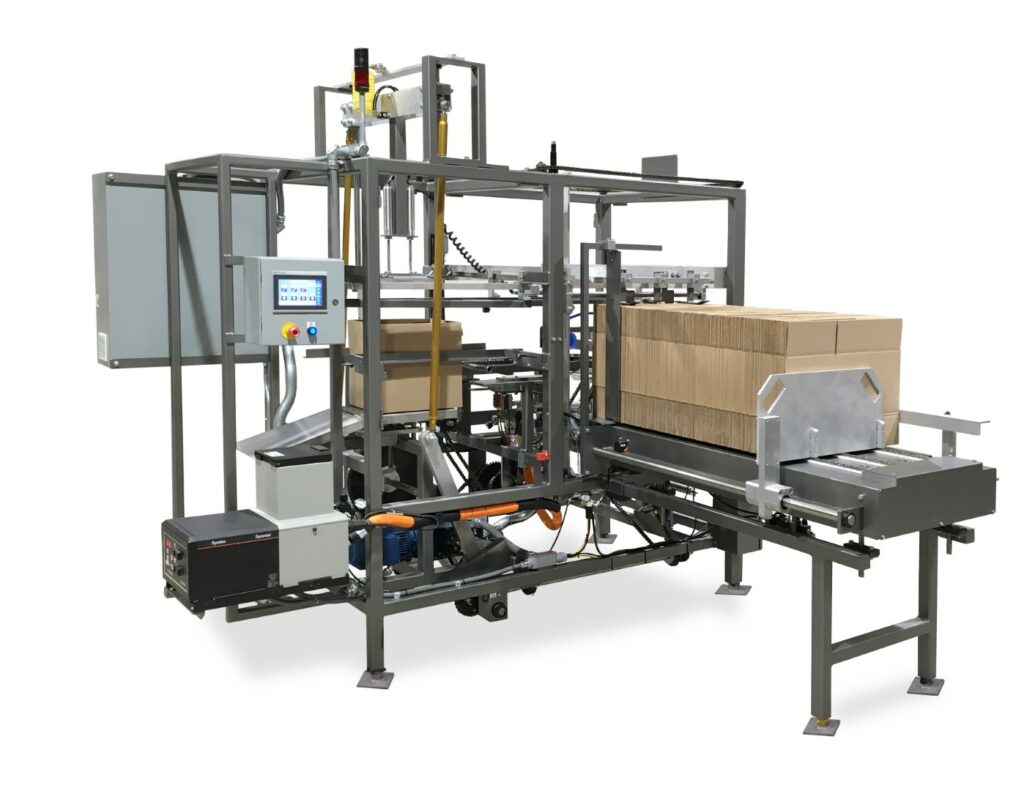 Businesses face a wide array of challenges every day. Foremost of these is the need to match output with demand. This not only means creating the right volume of a quality product, but having the right kind of packaging systems to get it safely to the customer. Good packaging needs to keep the product secure, as well as look clean, professional, and appealing.
Businesses face a wide array of challenges every day. Foremost of these is the need to match output with demand. This not only means creating the right volume of a quality product, but having the right kind of packaging systems to get it safely to the customer. Good packaging needs to keep the product secure, as well as look clean, professional, and appealing.
Many companies have come to a point where manually assembling boxes and packaging products is inefficient. When your business needs greater efficiency to meet demand, end-of-line automation can help.
Companies can leverage automated packaging equipment to improve the output quality and efficiency of the production line. Here’s how end-of-line packaging automation helps businesses enhance their operations and cut costs.
What Is End-of-Line Packaging?
End-of-line packaging is the final stage of packaging a product and making it ready for the market. Steps like case sealing and partition inserting are examples of processes that typically occur at this stage of packaging.
This is the last step before your product makes it out the door and into the hands of your customers, so attention to detail is crucial. It’s also a stage that needs to be efficient, as backups can prevent your product from getting to market on schedule.
Why Companies Need End-of-Line Automation for Their Packaging Processes
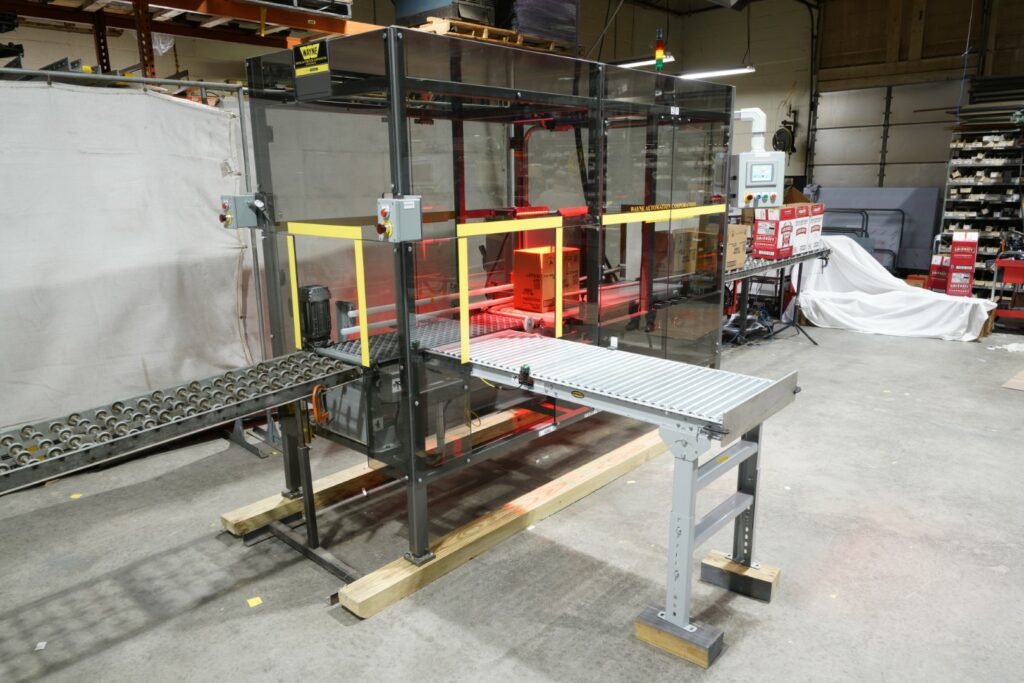 Today’s market is competitive, and selling high volumes of products is critical to success. That means finding new ways to keep up with demand, and seeking methods to reduce costs wherever possible. End-of-line automation is one way to do both.
Today’s market is competitive, and selling high volumes of products is critical to success. That means finding new ways to keep up with demand, and seeking methods to reduce costs wherever possible. End-of-line automation is one way to do both.
Many industries, including the Consumer Packaged Goods (CPG) industry, need product quality and consistency. When the customer makes a purchase, they want to receive a product that looks the same as the last time they bought it. The consistency that automation delivers ensures customers get what they want, which also leads to better brand reputation and customer loyalty.
Different Machines for Different Applications
Two of the most popular pieces of packaging line automation are case sealers and partition inserters. Both of these perform important packaging tasks before a product is ready to be sold on the market, and can work together to provide a complete packing solution. There are also a variety of other machines producers can choose from to customize a system to their unique needs.
Case Erectors
Case erectors are machines that erect various case sizes and styles in preparation for product packaging. Automated case erectors allow companies to quickly prepare cases for packaging with minimal error, regardless of case size or style. Wayne Automation’s selection of case erectors can seal cases with either tape or hot melt glue, depending on your applications.
Case Sealers
Case sealers seal product cartons or final products that are packed in boxes. This is a critical step in end-of-line automation because it secures products inside packaging, and reduces the risk of damage during product transport. Automating the case-sealing process helps manufacturers produce consistent, quality seals for a variety of packages.
Partition Inserters
Partition inserters are another essential piece of any end-of-line packaging process. Automated partition inserters place partitions in the proper location to separate products and keep them from being jostled or damaged during transport.
Glass, plastic, petrochemical, and food products are just a few examples of industries where partitioning is important. An automatic partition inserter allows for speed packaging while ensuring products are safely packed and transported.
Other Types of Packaging Equipment
End-of-line packaging equipment doesn’t stop with case erectors, sealers, and partition inserters. Automated packaging equipment can include a wide variety of machinery such as case labelers, shrink wrappers, vision inspection systems, tray formers, and palletizers, depending on your unique needs.
End-of-Line Automation Benefits
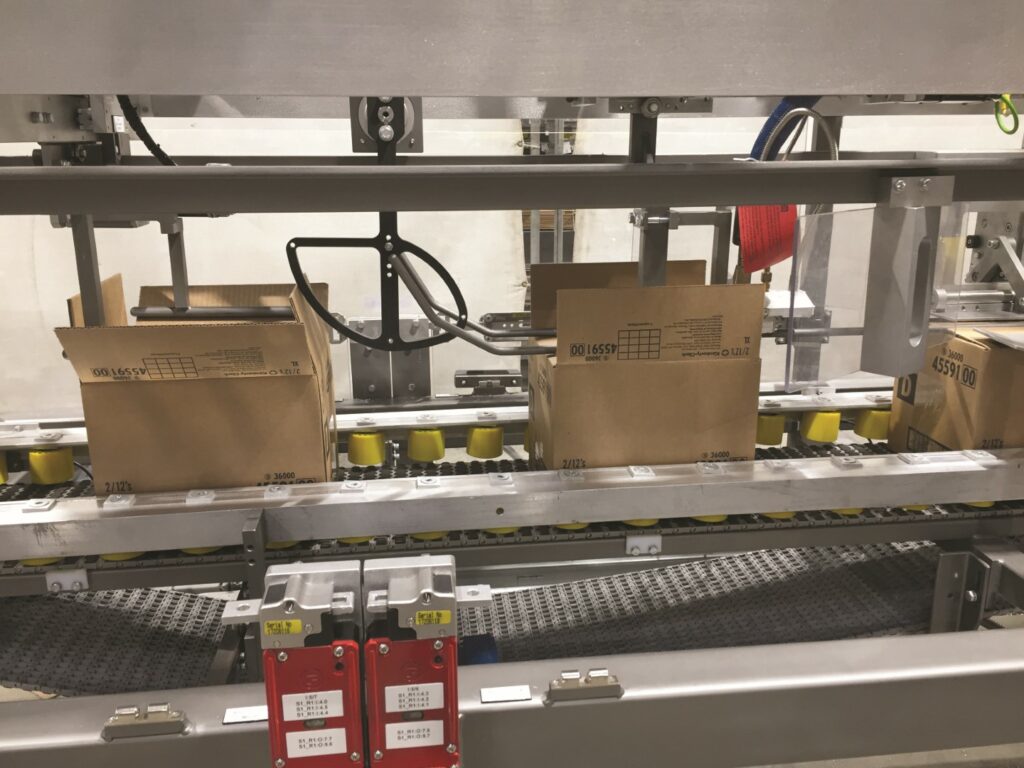 Implementing end-of-line packaging systems is a smart investment for any business requiring reliable packaging solutions, especially in the consumer packaged goods industry. The investment into automation of your end-of-line packaging processes will save substantial time, energy, and resources.
Implementing end-of-line packaging systems is a smart investment for any business requiring reliable packaging solutions, especially in the consumer packaged goods industry. The investment into automation of your end-of-line packaging processes will save substantial time, energy, and resources.
The alternative to implementing automation in the packaging process is either not scaling with demand or increasing manual labor resources. Both are costly in terms of either lost revenues or additional expenditures. Automated systems can help companies build resilience against labor shortages and even enhance workplace safety.
Automation also provides quality and efficiency that can’t be matched with manual packaging. With packaging equipment, the results will be consistent each time in terms of quality and speed. End-of-line packaging automation also frees up resources, as employees who were once on the packaging line can now be deployed to other projects that can support core business objectives.
Another key benefit to automating packaging processes is that these machines allow companies to be flexible to changes. Whether it’s adjusting carton size, number of employees, increasing demand, or changing materials, end-of-line packaging automation allows for greater scalability and flexibility.
Download Your Free Guide to Case Erectors
Let Wayne Automation help you find the end-of-line automation solution that makes the most sense for your business. We offer a wide range of packaging machinery to help you automate repetitive tasks, enhance production efficiency, and reduce operational costs. Learn more about our packaging technology by downloading your free guide to case erectors!
